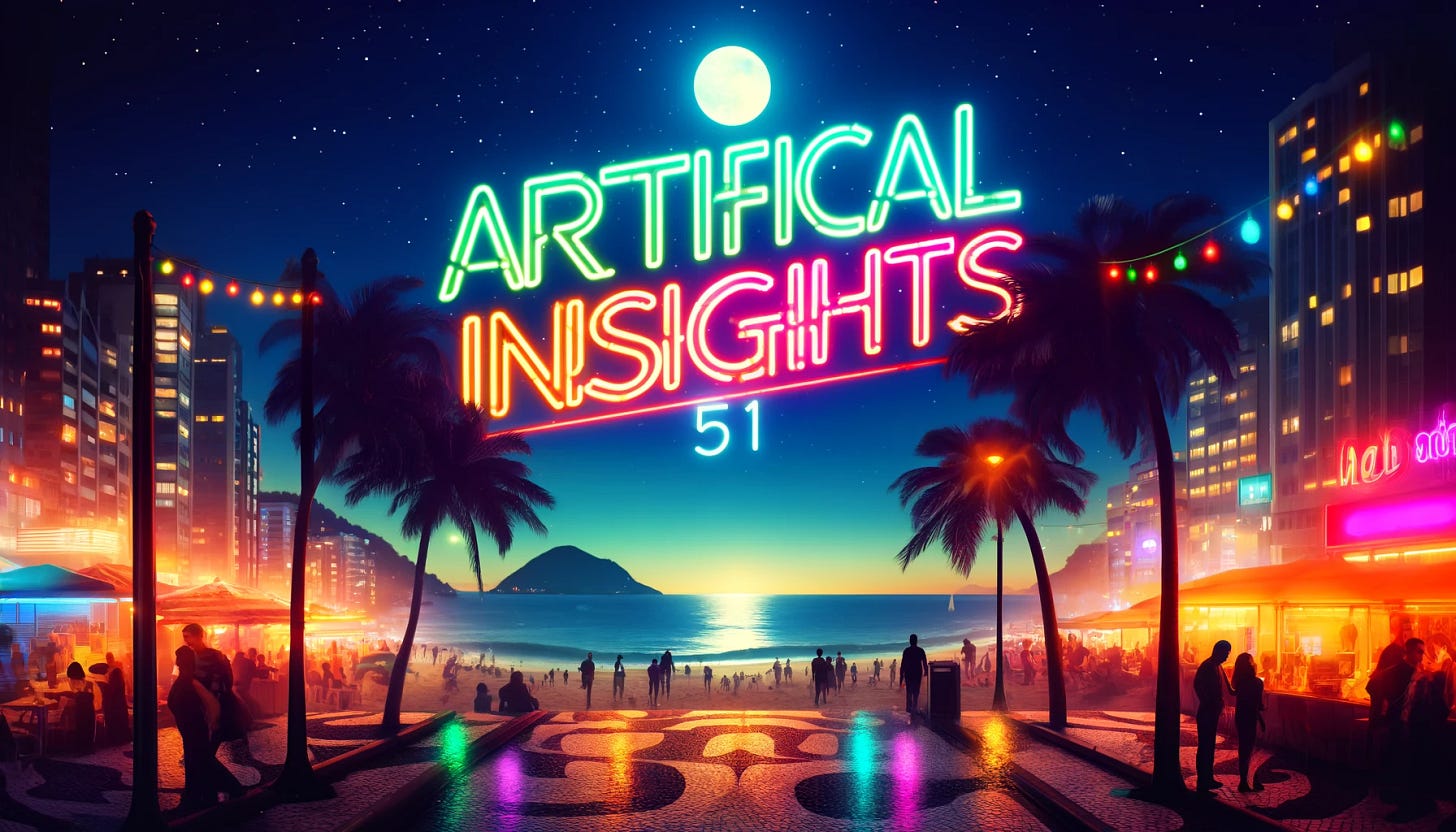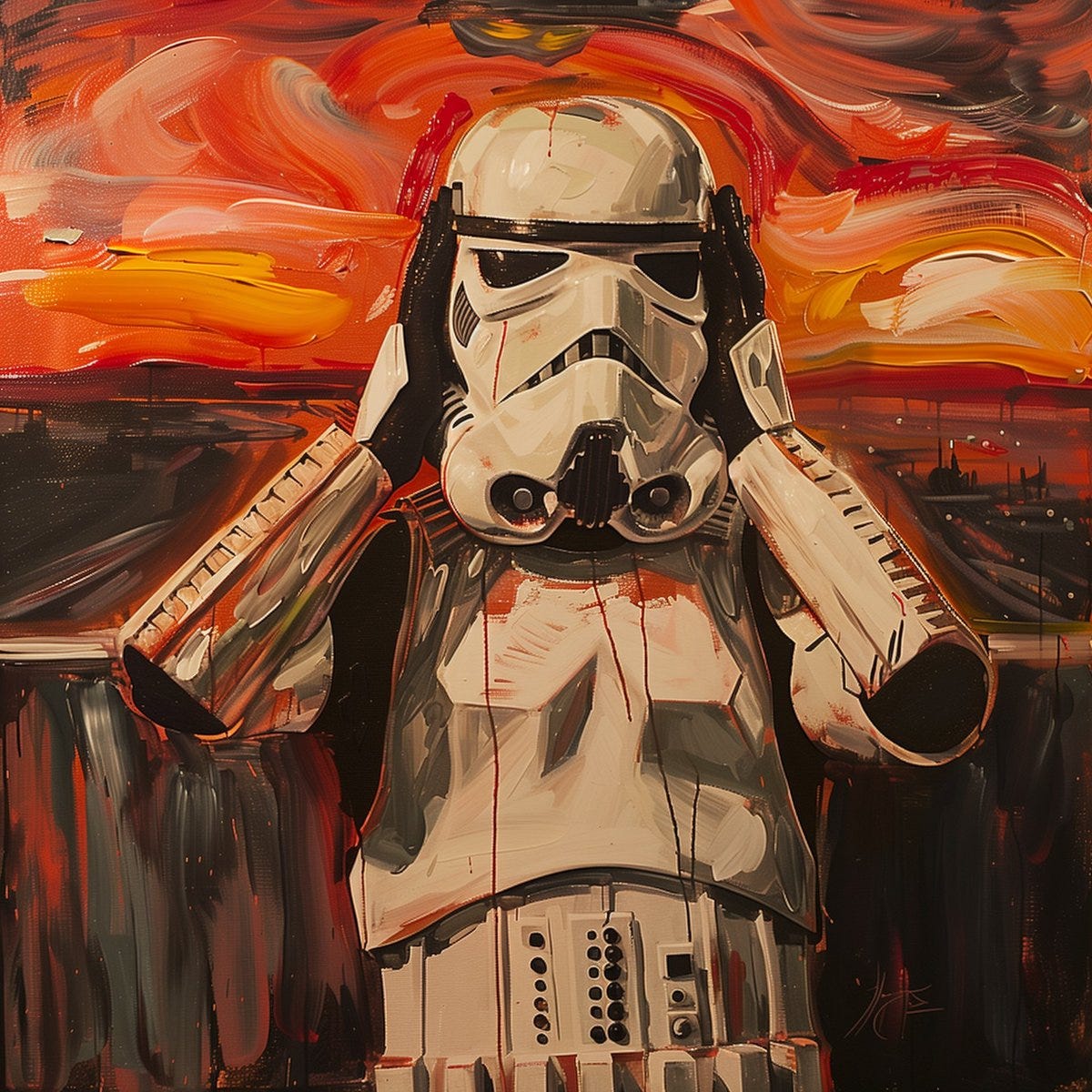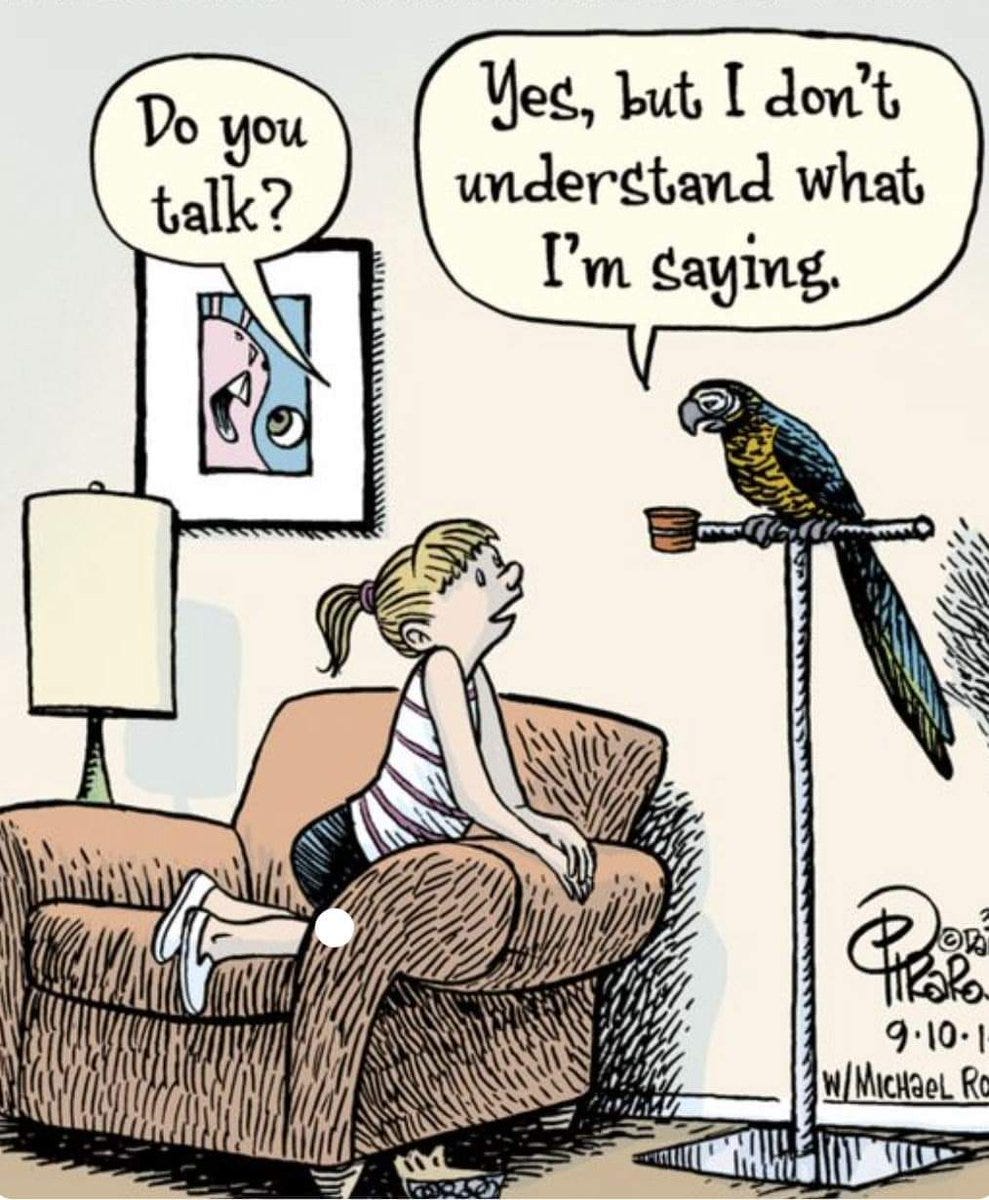Like an AI (051)
Featuring 100% organic content.
Happy Monday and welcome to your weekly download of insights and commentary from the world of generative intelligence.
After a flurry of announcements and releases in the past few months, last week felt positively quiet in the world of AI news. This in all likelihood means we’re about to see another wave of breakthrough news soon, maybe even the much-rumored and maybe openly tested GPT 4.5 from OpenAI. There is no question whether new models are on the horizon, but rather which additional chunks of the value chain that OpenAI (and others) are trying to absorb with AI next. After recently strengthening their RAG offers, my bet is that OpenAI is next moving into search, real-time knowledge, and eventually non-digital and real world applications like customer service and robotics.
Meanwhile, I have been working on the “presentation I’d like to see”, when it comes to explaining the cutting edge of AI applications and some of their long term implications. Having talked about centaurs (hybrid intelligence approaches) the better part of the past decade, I’m long overdue to put together a fresh deck for readers like yourself: people with a diverse professional background who strongly care about where AI is headed. I’ll soon announce a community session around presenting the session and collecting feedback, but if you have questions or ideas for what such a presentation needs to include, please DM me.
Until next time,
MZ
PS. I was recently interviewed on the ReImagine podcast about technological innovation and AI. May be worth a listen!
2019 emails from Microsoft’s CTO about OpenAI
Fascinating Twitter thread, especially considering Microsoft invested $1B in OpenAI about a month later.
Mike Masnick of Techdirt explains how he uses AI to write
Article mentions he uses Lex, which I have experimented with but never gotten used to.
I also will sometimes ask it for better headlines (as mentioned above). Lex has a built-in headline generator tool, but I’ve found that doing it as part of the “Ask Lex” conversation makes it much stronger. On this article we’re discussing, it didn’t generate any good suggestions, so I ignored them. However, I will admit that it came up with the title of the follow-up article: Universal Music’s Copyright Claim: 99 Problems And Fair Use Ain’t One. That was all Lex. My original was something much more boring.
GeoSpy
This is remarkable, an AI model capable of guessing where a photo was taken based on vegetation and architecture (not nearly as fast as Rainbolt tho). Accurate in my tests.
Navigating the Future: Sam Altman on AI's Impact
Snippets from this interview were all over Twitter this week, including a bit where Altman emphasizes how simple GPT-4 actually is compared to what’s in the pipeline.
This interview with Sam Altman explores his insights on the transformative impact of AI on startups and society, emphasizing the unparalleled opportunities in the current technological landscape.
The way to do it is to put the product in people's hands, and let society co-evolve with the technology. Let society tell us what it collectively and people individually want from the technology, how to productize this in a way that's going to be useful.
Unlocking the Universe: Demis Hassabis on AI’s Quest for Deep Answers
TED interview with Demis Hassabis is pretty forward-looking without being overly technical.
So, you know, we've been talking a lot about science, and a lot of science can be boiled down to if you imagine all the knowledge that exists in the world as a tree of knowledge, and then maybe what we know today as a civilization is some, you know, small subset of that. And I see AI as this tool that allows us, as scientists, to explore, potentially, the entire tree one day.
Decoding the Power and Boundaries of LLMs in Science and Art
Superb panel, helps explain the capabilities and limitations of LLMs when it comes to generating new information.
LLMs are very good at making homework right and the better they get the more advanced the degree of the homework becomes that they are able to emulate.
Art from a universe far, far away.
Min Choi used MidJourney v6 to re-imagine famous art in style of Star Wars.
"Girl with a Pearl Earring" by Johannes Vermeer
"The Scream" by Edvard Munch
Envisioning.io
Don’t miss our new signal database on Envisioning.io. We have lots of upcoming features planned, but right now it’s a great starting point to learn more about our research. Check it out.
If Artificial Insights makes sense to you, please help us out by:
📧 Subscribing to the weekly newsletter on Substack.
💬 Joining our WhatsApp group.
📥 Following the weekly newsletter on LinkedIn.
🏅 Forwarding this issue to colleagues and friends.
🦄 Sharing the newsletter on your socials.
🎯 Commenting with your favorite talks and thinkers.
Artificial Insights is written by Michell Zappa, CEO and founder of Envisioning, a technology research institute.
You are receiving this newsletter because you signed up on envisioning.io or Substack.








